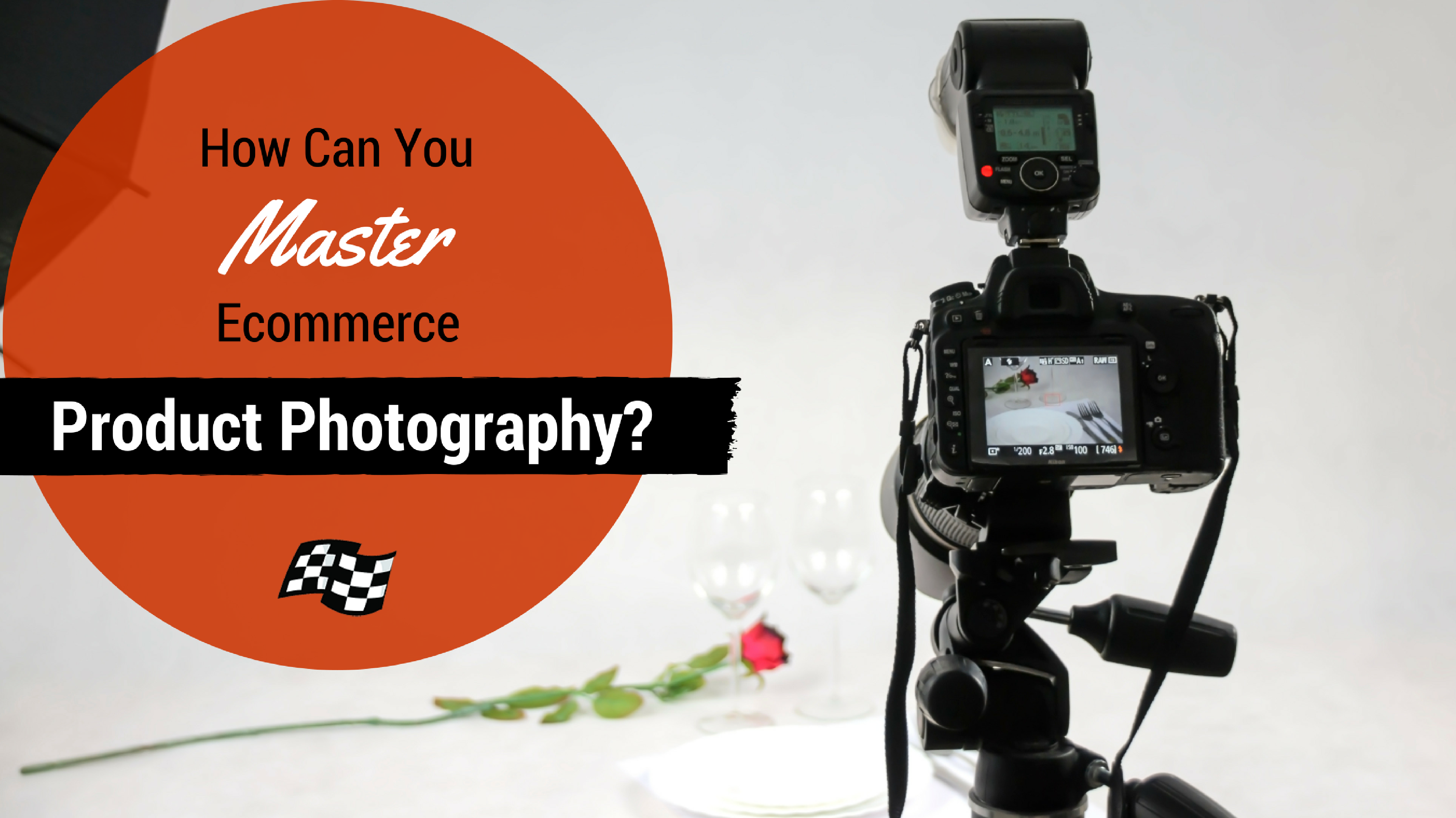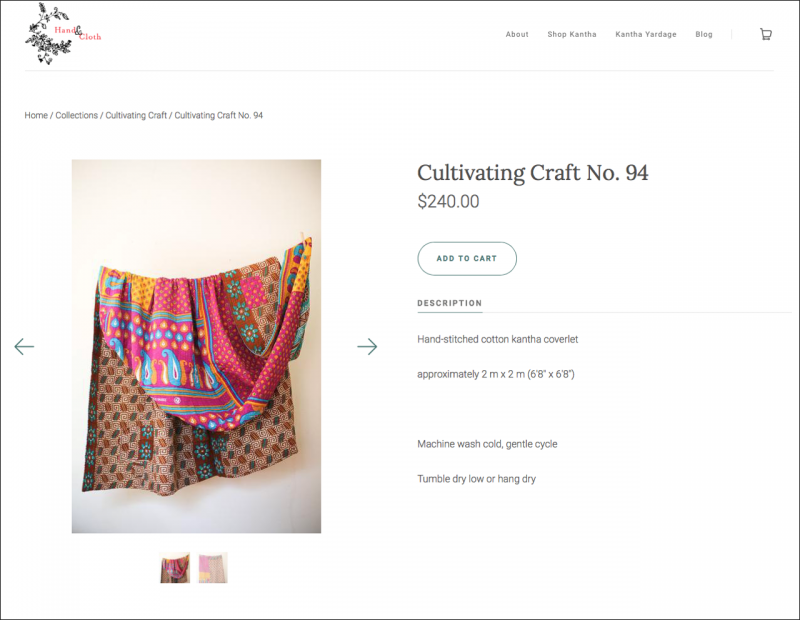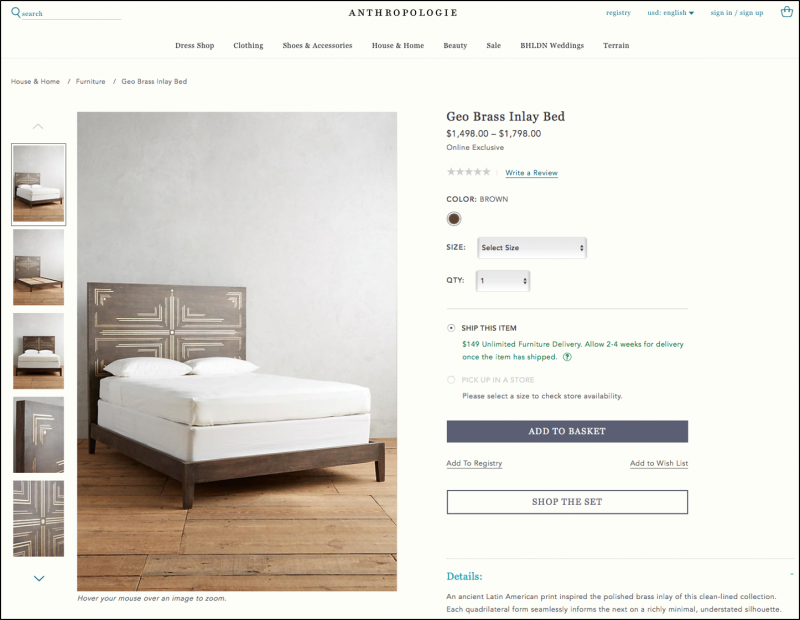
Sometimes the right image can make all the difference when it comes to increasing conversions on a product page. But if you’ve looked around, you’ve likely discovered that a professional photographer can be expensive. Is there a solution that allows you to improve your product pages without significantly raising your expenses?
 “Taking high-quality product photos should be a high priority for any online store, especially those looking to scale their operations. But, with limited bandwidth and expensive freelancing fees for professional photographers, it can be difficult for those with limited cash flow to produce the quality photos needed to generate an increase in conversions.” — Tyler Kapper of BigCommerce
“Taking high-quality product photos should be a high priority for any online store, especially those looking to scale their operations. But, with limited bandwidth and expensive freelancing fees for professional photographers, it can be difficult for those with limited cash flow to produce the quality photos needed to generate an increase in conversions.” — Tyler Kapper of BigCommerceThankfully, you don’t need a degree to take a few product photos. It’s not easy, but with the right tips and equipment, you can do pretty well for yourself.
1. Get Basic Equipment
You don’t need to spend thousands of dollars on professional equipment, but you will need some basics. This includes a camera, tripod, some sort of white background, and a good source of lighting.
The camera is what stresses a lot of people out — they assume they need some top of the line Nikon with expensive lenses and other equipment. Thankfully, you don’t.
“I would just start out with whatever you have handy and see what the results are,” photographer Jeff Delacruz says. “It’s a common myth that it’s the camera that takes the pictures, but in reality, the camera is only one piece of the whole. A photograph is made up of series of choices that incorporates lighting, exposure, styling and post processing decisions.”
2. Lighting is Critically Important
Perhaps even more important than the camera is the lighting. How you choose to light your product will have a massive effect on how it’s perceived. Shadows, reflections, and colors all change based on the lighting, so don’t overlook this aspect of product photography.
This product image from Hand & Cloth is a good example:

While incredibly simple, the image uses light in the foreground to cast a clean shadow on the white backdrop. The result is a defined product that’s bright and lively. An image like this is fairly easy to take — all that’s needed is a light source and a white backdrop — but the result is quite appealing. It just goes to show you don’t need a ton of equipment for professional ecommerce photography.
There are plenty of lighting strategies — and you could spend years studying them all — but remember that natural light works best whenever possible. Shooting in the early afternoon will generally give you superior results.
3. Get Creative With Angles
You don’t have to move the actual product or item around to get different images. Sometimes it’s better to move the camera and play with angles. The same image taken from above versus on the same plane can look totally different. Just make sure you aren’t altering the perception of the product and confusing customers. Different angles tend to have this effect, so you’ll have to take this into account.
This set of images from Anthropologie shows the role angles can play in a product listing:

Notice how there are multiple images: One with a mattress, one without, one from the side, one head-on, and a couple zoomed in on the detail design elements. This gives the customer a better idea of the product and what it looks like in person.
4. Be Patient
“It’s natural to want to do things quickly, but in product photography, patience can have a significant impact on quality,” explains Arqspin, a leader in ecommerce photography. “Ensure you have the right equipment. Double check that you have set it up properly. And spend a few minutes to make sure your products are clean (watch out for fingerprints!).”
On a related note, be hesitant to delete images directly from your camera. Images tend to look very different when blown up on a large screen, and you could be missing out on good shots if you’re quick to purge. Patience is paramount in a product photography situation.
A Good Picture is Worth a Thousand Conversions
A good image can be the one thing that sets a low-converting product page apart from a high-converting page. Thankfully, you don’t have to be a professional or hire a professional to enjoy the benefits of quality product photography. With some simple equipment and an understanding of basic techniques, anyone can get started.
